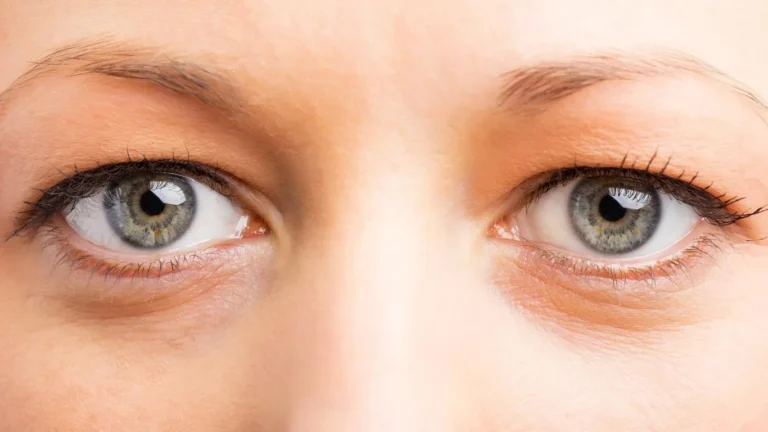Do Migraines Cause Eye Floaters or Visual Disturbances?
Last week, I had one of those throbbing migraines that knocked me off my routine for hours. As I lay in a dark room, something odd happened—I noticed weird flickering shapes and spots drifting across my vision. At first, I blamed the pain, but then I paused. Were those floaters? Could the migraine itself be the cause? It turns out, many people who suffer from migraines report visual disturbances, including floaters. But is there a real connection? Let’s dive in.
Understanding the Difference Between Eye Floaters and Visual Auras

When people talk about migraines and floaters, it’s easy to confuse them with something else entirely: visual auras. A migraine aura is a temporary disturbance that typically precedes a migraine headache. It often appears as:
- Flashing or shimmering lights
- Blind spots or tunnel vision
- Jagged lines or zigzag patterns
Floaters, on the other hand, are physical particles inside your eye’s vitreous humor. These can look like:
- Gray or black specks
- Wiggly lines or cobwebs
- Transparent strings that move as your eyes move
One big difference? Migraine auras typically last 20–60 minutes and disappear. Floaters, once they appear, tend to stick around—sometimes permanently.
Can Migraines Actually Trigger Eye Floaters?
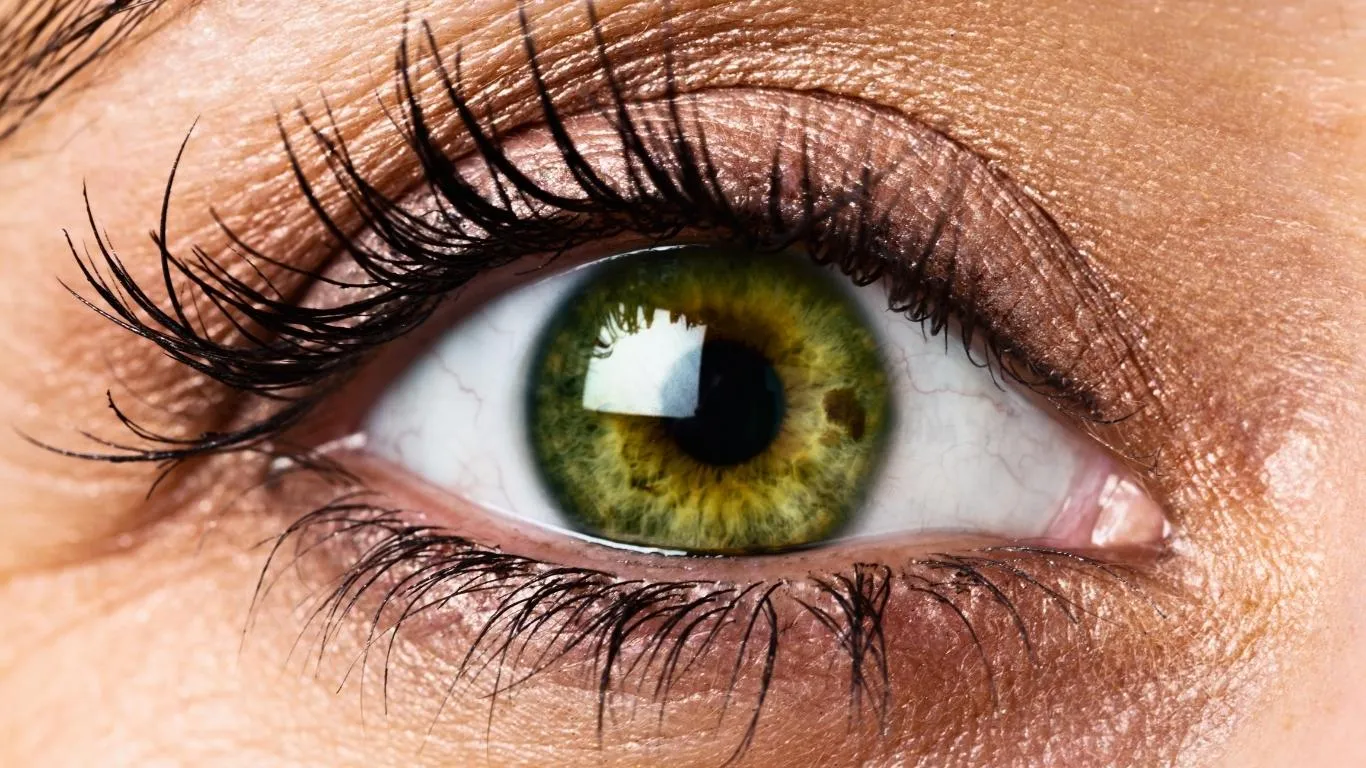
This is where things get tricky. Most eye doctors agree that migraines don’t directly *cause* floaters, but they might make you notice floaters that were already there. When a migraine strikes, your visual sensitivity skyrockets. You might find yourself hyper-aware of everything in your field of vision—especially floaters you’d normally ignore.
There’s also evidence that certain types of migraines involving neurological disruption can temporarily mimic symptoms of more serious eye issues. In rare cases, they could overlap with retinal problems that *do* lead to floaters—such as retinal tears or detachments.
However, floaters that suddenly appear during or after a migraine could indicate something more serious. If you’re seeing:
- A sudden shower of floaters
- Flashes of light that don’t go away
- A curtain or shadow over your field of vision
These are warning signs of potential retinal detachment and require immediate attention.
My Personal Experience with Migraine Visual Disturbances
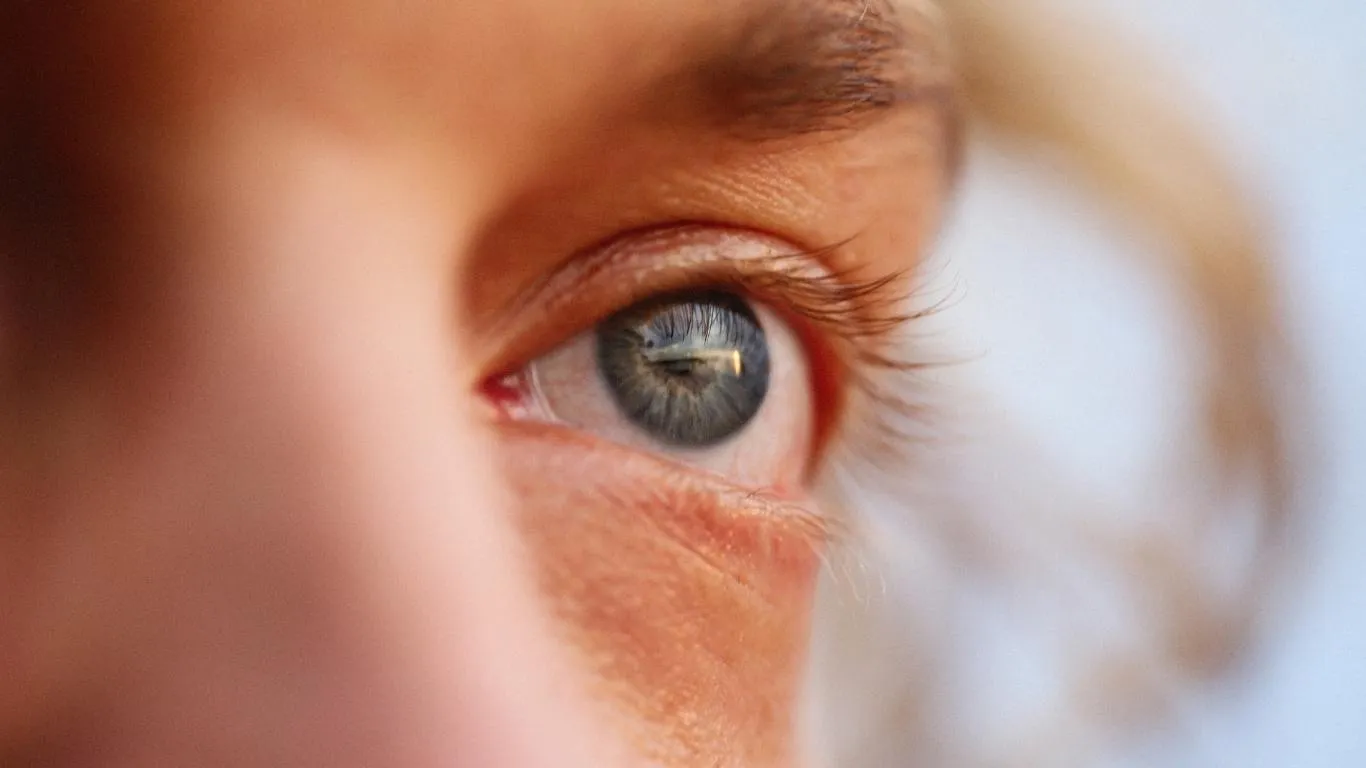
Let me tell you something odd—I used to think I had “floaters” during migraines, until I started keeping track. One day, after experiencing that strange flickering zigzag pattern again, I visited my optometrist. They explained it wasn’t a floater at all—it was a migraine aura. Ever since, I’ve made it a habit to differentiate between the two based on timing, movement, and duration.
But I did learn something interesting: migraines may not cause floaters, but they certainly make you more aware of what’s floating around in your vision. That heightened sensitivity lingers even after the headache fades.
Is It Common to Have Both Migraines and Eye Floaters?

Yes, and not just coincidentally. Many people who suffer from migraines—especially chronic migraineurs—report both floaters and visual auras. The thing is, having both doesn’t necessarily mean they’re related.
Here are a few possible overlapping factors:
- Aging: As we age, floaters become more common. If you’re an adult with migraines, it’s easy to experience both simply due to age-related vitreous changes. This article breaks down why floaters increase as we get older.
- Medication side effects: Some migraine treatments, especially steroid-based anti-inflammatories, may increase floaters. Read more in our guide on steroid-related floater risks.
- Eye strain and dehydration: Extended screen time, skipping water, and eye fatigue during migraines can exacerbate awareness of floaters. Learn how hydration affects floaters here.
When Should You Be Concerned?

This is where medical experience and timing come into play. Most floaters are benign. But if you suddenly develop new floaters during or right after a migraine—especially alongside persistent flashes—it’s best to get checked.
Retinal issues can sneak up quietly, and the overlap between visual aura symptoms and early signs of retinal detachment is, frankly, a little scary. Here’s how to tell when floaters are dangerous.
If your vision feels “off,” it’s not overreacting to call your eye doctor. Trust your gut—and your eyes.
Learning More About Floaters and Their Causes
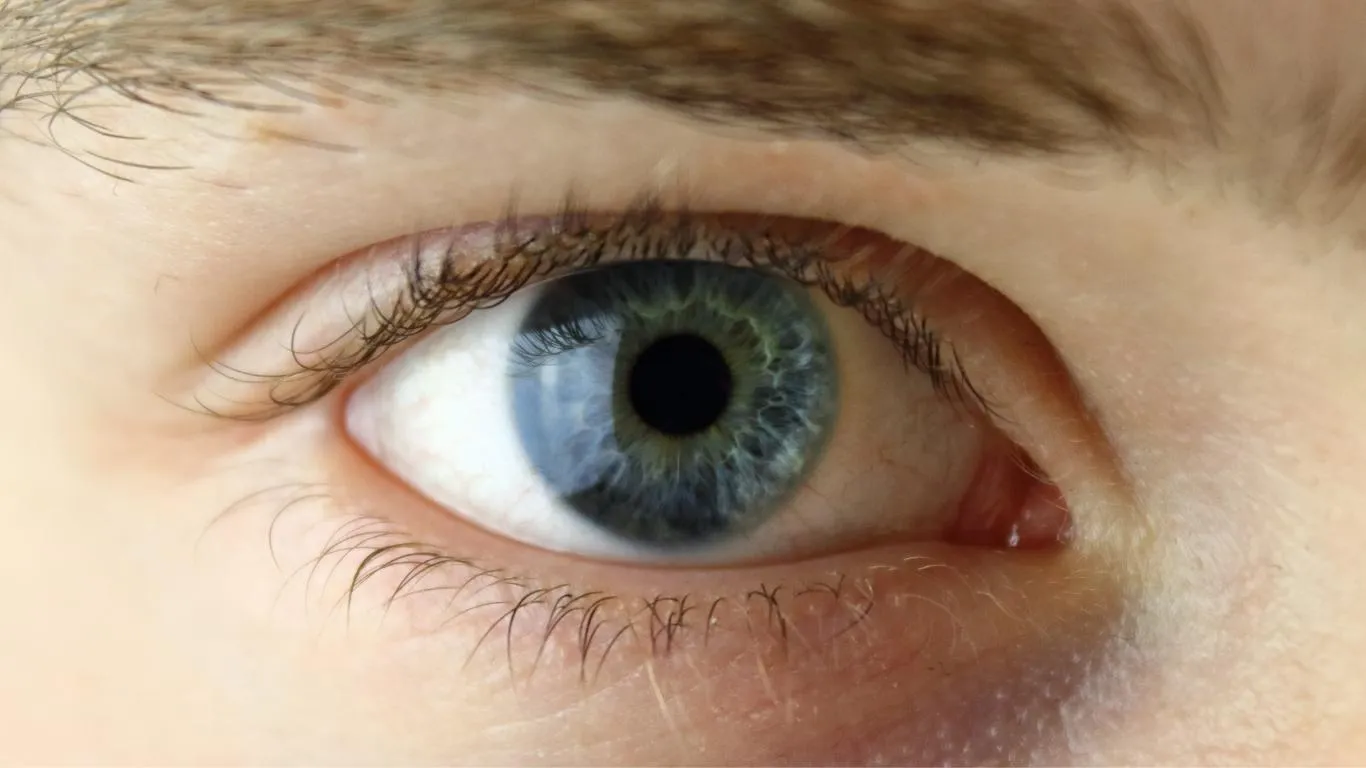
If you’re trying to make sense of your visual symptoms—especially whether they’re from migraines, age, or something else—check out our complete guide: What Are Eye Floaters: Causes, Symptoms, and Treatment Options. It covers everything you need to understand what’s normal and what’s not when those specks start dancing across your sightline.
Also, the American Academy of Ophthalmology has some great visual explanations and videos on differentiating floaters and flashes from other conditions. If you’re a visual learner like me, it’s worth the scroll.
Could Chronic Migraines Contribute to Eye Health Decline Over Time?
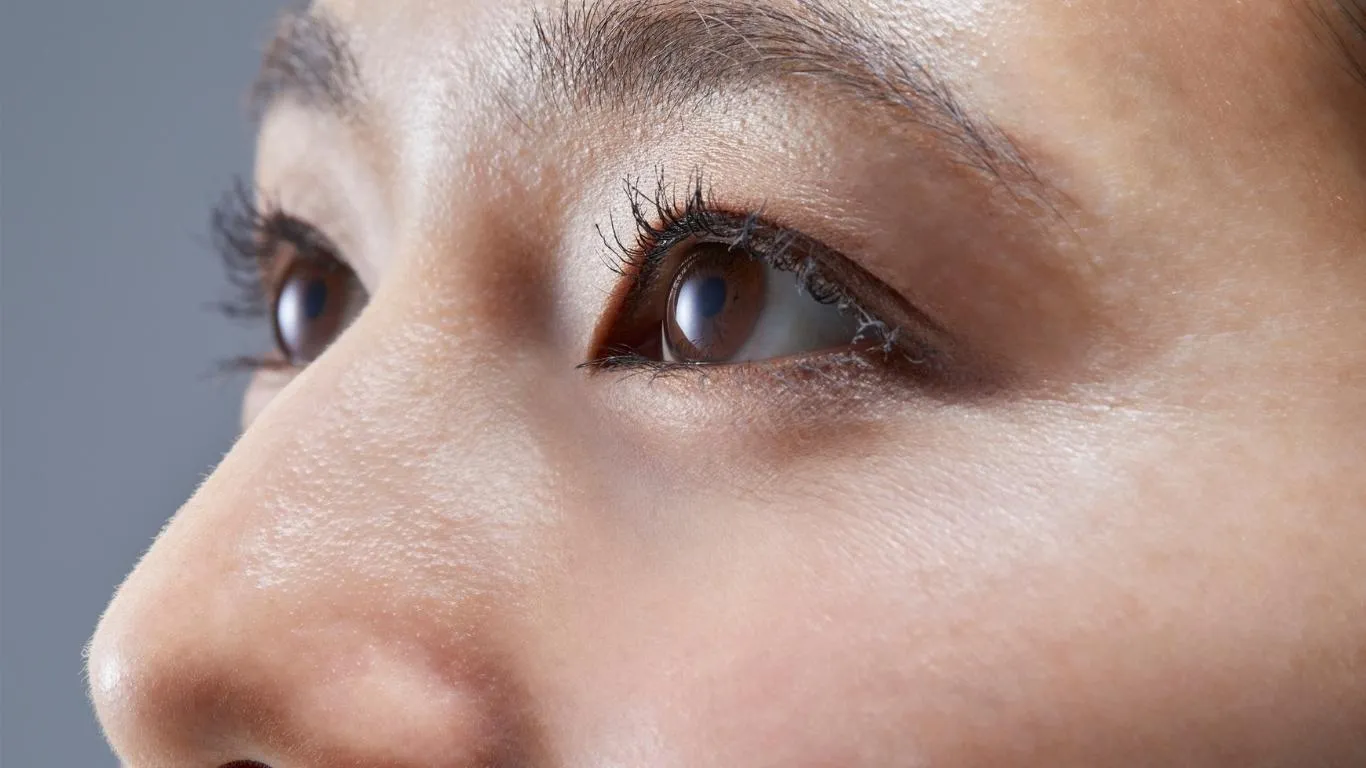
This is a question I’ve wondered myself after years of living with frequent migraines. While migraine itself isn’t considered an “eye disease,” chronic episodes can contribute to strain and repeated neurological stress that might affect the optic nerve, blood flow to the retina, and even how the brain processes visual input.
Some studies have suggested that people with migraine with aura may have a slightly higher risk of retinal issues, although the direct link to floaters isn’t concrete. One study published in Cephalalgia highlighted that repeated cortical spreading depression—what causes the aura—could temporarily disrupt visual pathways.
Although that doesn’t mean floaters will appear from every migraine, I’ve personally noticed that my eyes feel more sensitive and my vision slightly “off” after a cluster of migraines. It’s not floaters, but it’s definitely noticeable.
How to Tell If It’s a Migraine Aura or Something More Serious
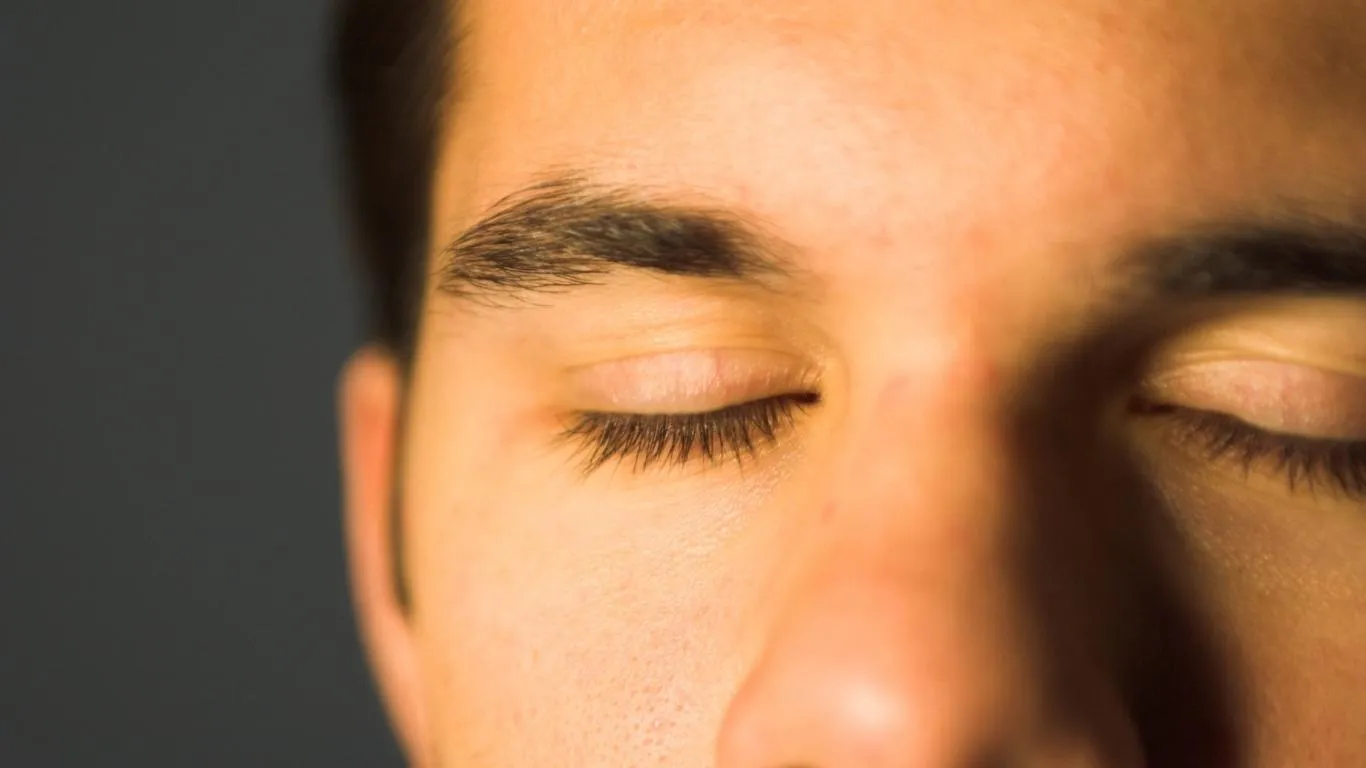
This part can get a little tricky—even scary. If you’re unsure whether you’re experiencing a typical migraine aura or the beginning of a retinal tear, here’s a breakdown I use for myself:
Typical Migraine Aura:
- Starts gradually and expands over 20–60 minutes
- Often affects both eyes (since it originates in the brain)
- Disappears entirely after the migraine eases
Possible Retinal Issue or Dangerous Floater Flashes:
- Sudden onset, not progressive
- Usually in one eye only
- Persistent floaters or continuous flashing lights
- Dark curtain or shadow spreading over vision
When in doubt, get it checked. One user on a vision forum I follow had what they thought was “a really intense aura,” but it turned out to be a retinal tear caught just in time. That shook me. Don’t guess when it comes to your vision.
Managing Visual Disturbances During Migraine Episodes
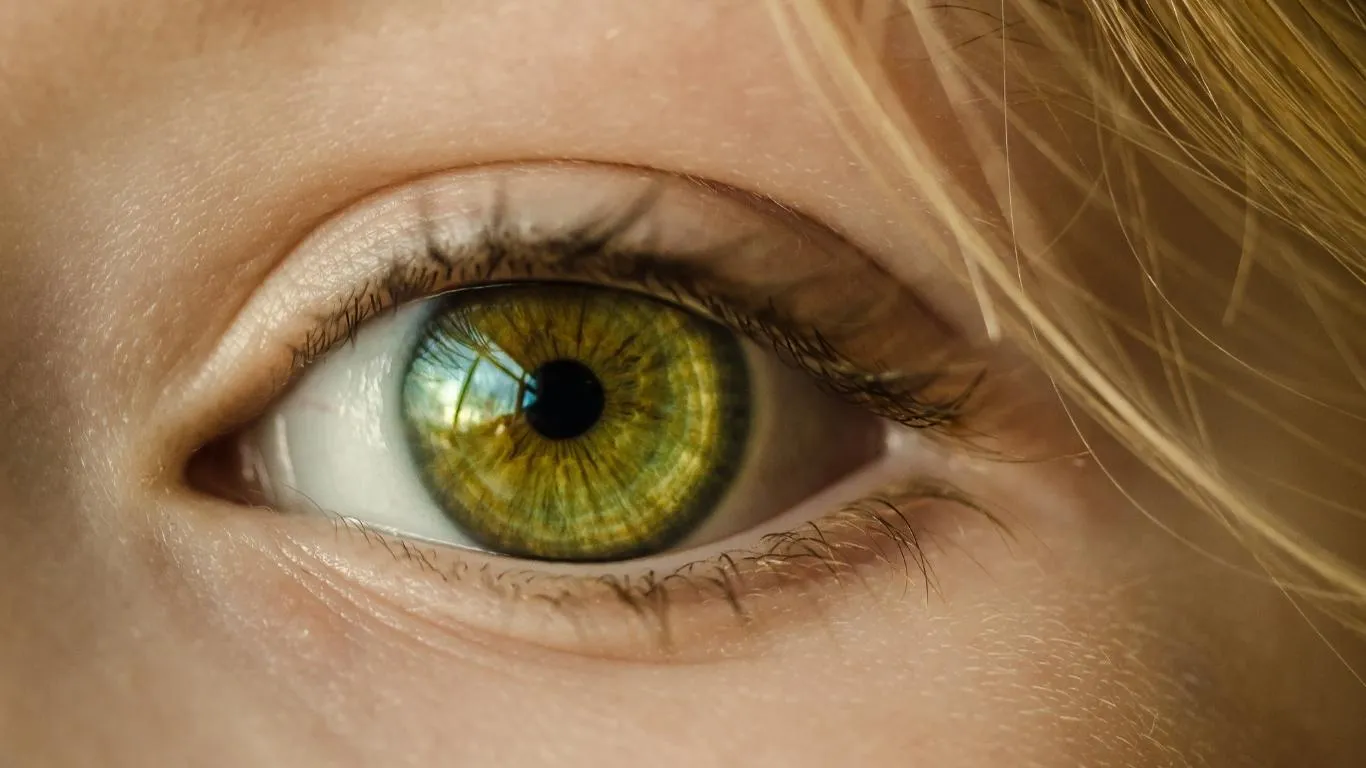
While you can’t always stop a migraine in its tracks, there are ways to minimize the visual chaos that often accompanies it:
- Dim the lights: Overexposed vision can worsen sensitivity. A cool, dark room is still the classic go-to for good reason.
- Close your eyes and use compresses: I find a cool washcloth helps soothe both my head and visual strain.
- Avoid screens: Bright white/blue light often triggers more flickering or flashing sensations.
- Hydrate and rest: This sounds basic, but migraines + dehydration = sensory overload. Here’s how dehydration ties into floaters too.
Some people swear by magnesium supplements or riboflavin (Vitamin B2) to prevent migraines altogether. If you’re consistently getting visual symptoms, consider discussing a preventative plan with your doctor or neurologist.
Should You See an Eye Specialist or a Neurologist?
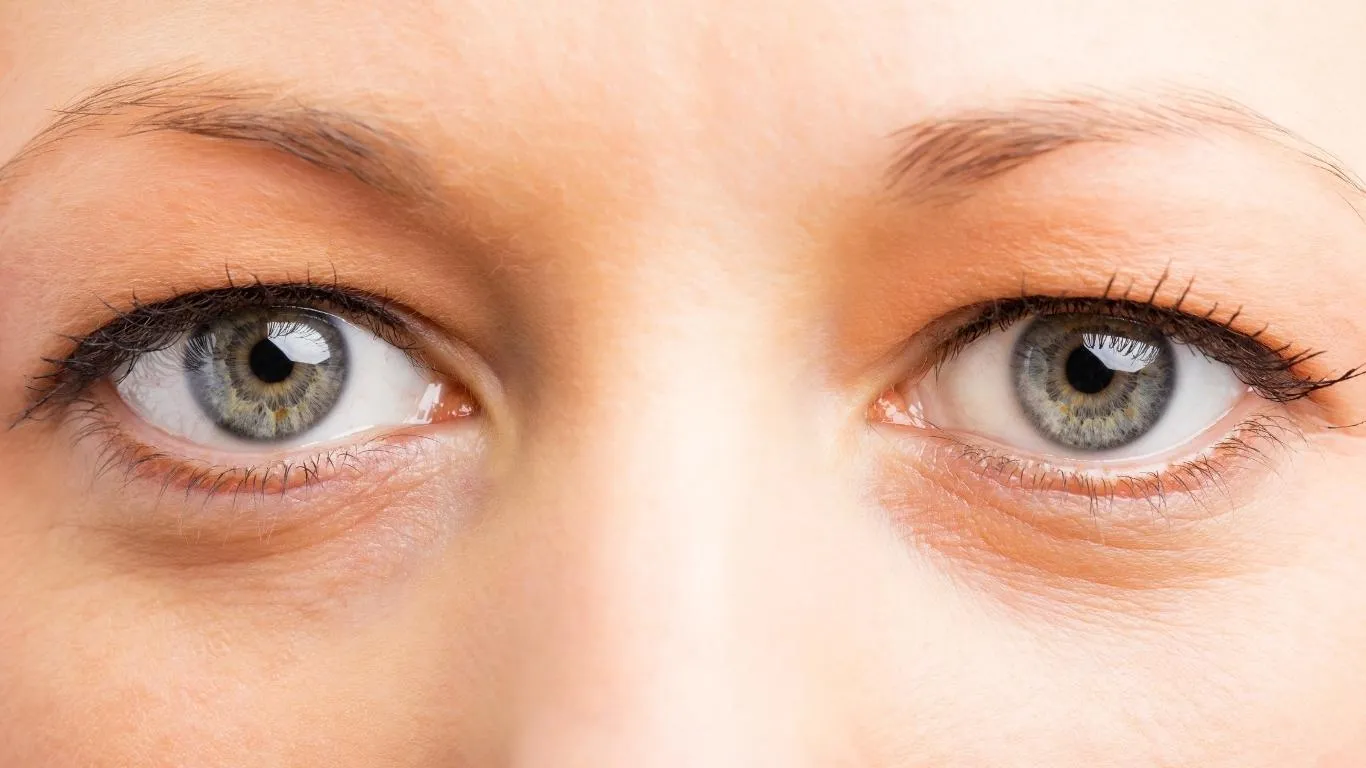
This is one of those gray zones. If your visual symptoms are tied only to migraines and follow a clear pattern, a neurologist may be your first call. But if you’re noticing new floaters, persistent visual shadows, or changes in vision outside of your usual migraine cycle, don’t skip the eye doctor.
For me, I ended up seeing both. The neurologist helped me identify migraine triggers and rule out anything more systemic, while the ophthalmologist made sure my retina and vitreous were intact. It gave me peace of mind and confirmed that—at least in my case—the floaters were harmless but real.
Floaters After a Migraine: What’s Worth Monitoring?
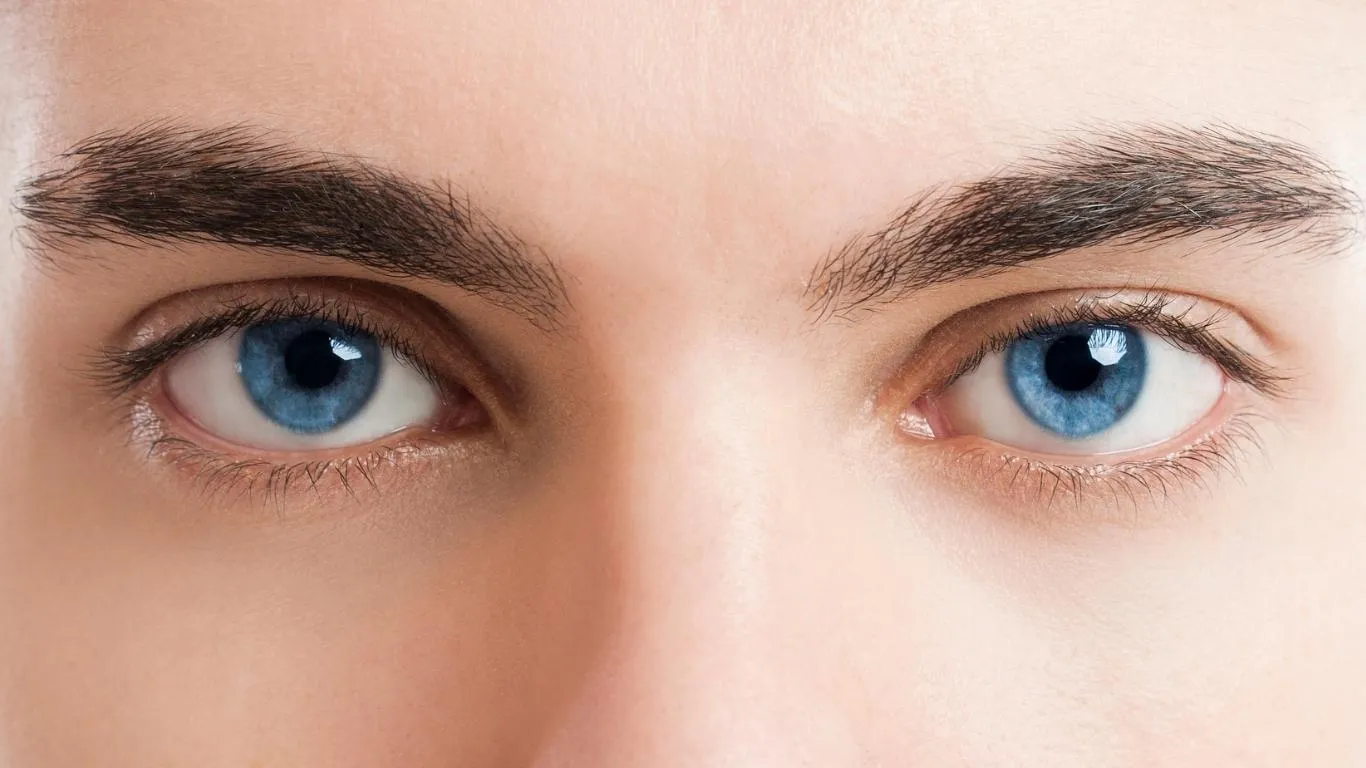
Some floaters fade with time. Others become your constant little squiggly companions. But if you start noticing floaters *after* a migraine, here’s what I suggest you watch for:
- Increase in quantity or size: One or two is usually fine. A sudden cluster isn’t.
- Flashes that don’t go away: Especially without a headache following.
- Changes in shape or density: A big “blob” or ring could be the posterior vitreous detachment starting.
Track it in a journal. I started noting the dates I noticed floaters and compared them to migraine cycles. It helped me figure out which symptoms were consistent and which ones required follow-up.
And don’t forget to read our breakdown on how floaters are treated—from observation to surgery. In most cases, treatment isn’t needed, but for extreme disruptions, there are options.
When to Get Emergency Help
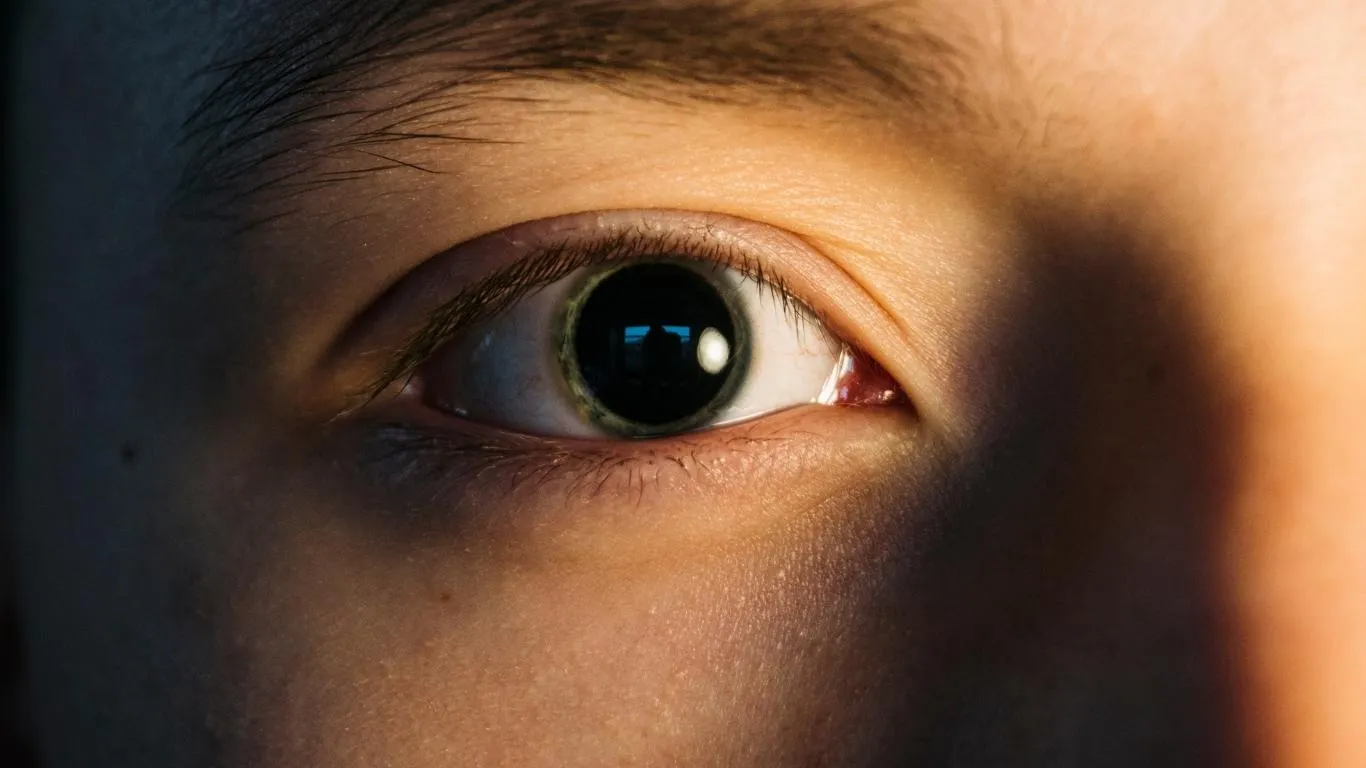
If you take away nothing else, remember this: Floaters that come with light flashes or dark shadows should be treated like an emergency. I’ve met two people who avoided care because they assumed it was “just a migraine.” Both ended up needing urgent retinal laser repair.
Eye health is one of those areas where waiting can cost you. Even if it turns out to be nothing, it’s worth knowing your retina is okay. Trust your instincts—and don’t downplay your symptoms.
Learn More About Visual Symptoms and Their Root Causes

If you’re still puzzled by the link between migraines, floaters, auras, and other weird visual disruptions, don’t miss our deep dive: Common Causes of Eye Floaters: From Aging to Eye Injuries. It connects the dots across age, trauma, neurological links, and more.
For more clinical insight, the National Institutes of Health has a great research summary on visual migraines and their impact on daily life and perception. And if you’re the kind of person who loves going down the rabbit hole (like me), it’s well worth bookmarking.

Camellia Wulansari is a dedicated Medical Assistant at a local clinic and a passionate health writer at Healthusias.com. With years of hands-on experience in patient care and a deep interest in preventive medicine, she bridges the gap between clinical knowledge and accessible health information. Camellia specializes in writing about digestive health, chronic conditions like GERD and hypertension, respiratory issues, and autoimmune diseases, aiming to empower readers with practical, easy-to-understand insights. When she’s not assisting patients or writing, you’ll find her enjoying quiet mornings with coffee and a medical journal in hand—or jamming to her favorite metal band, Lamb of God.






